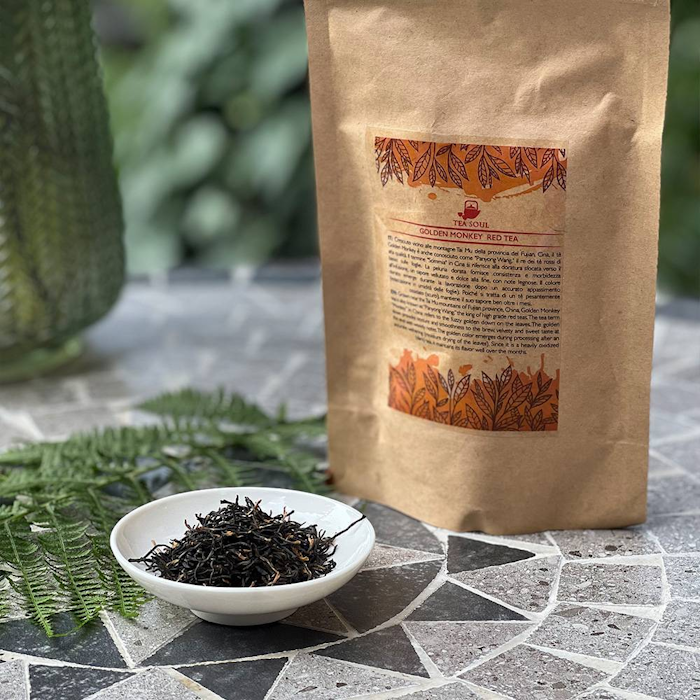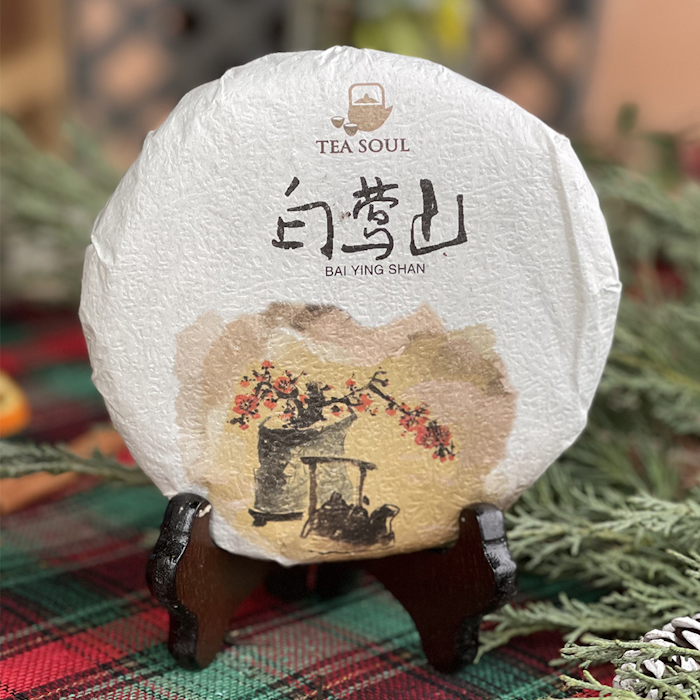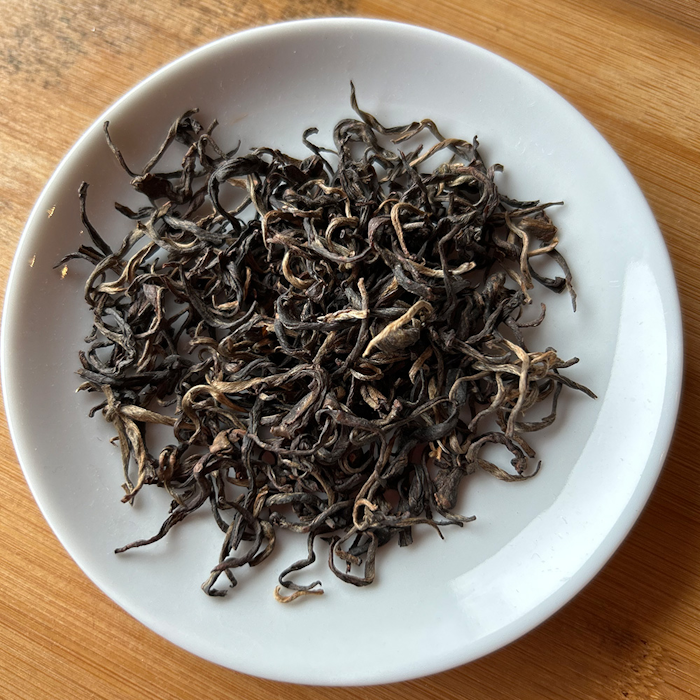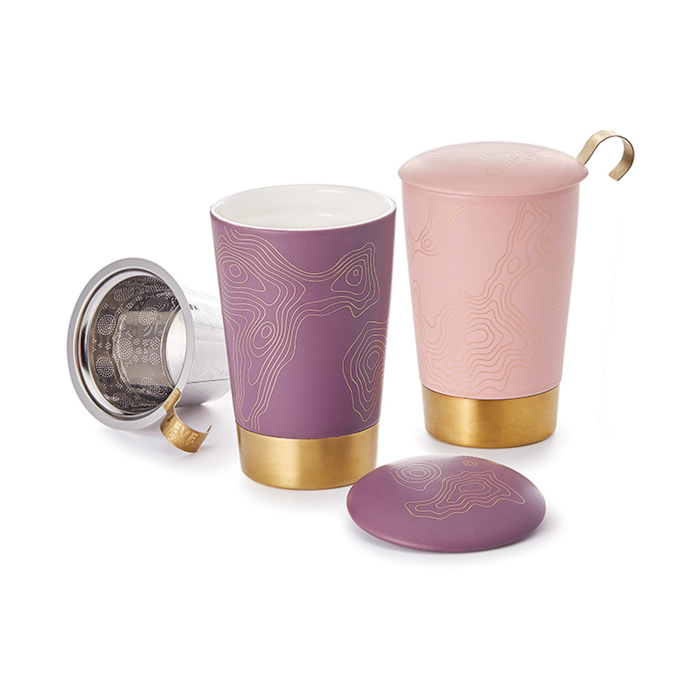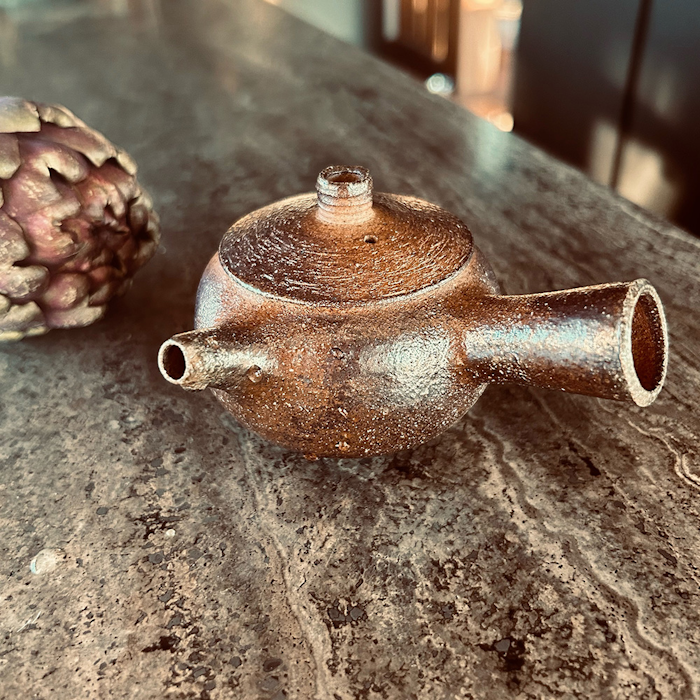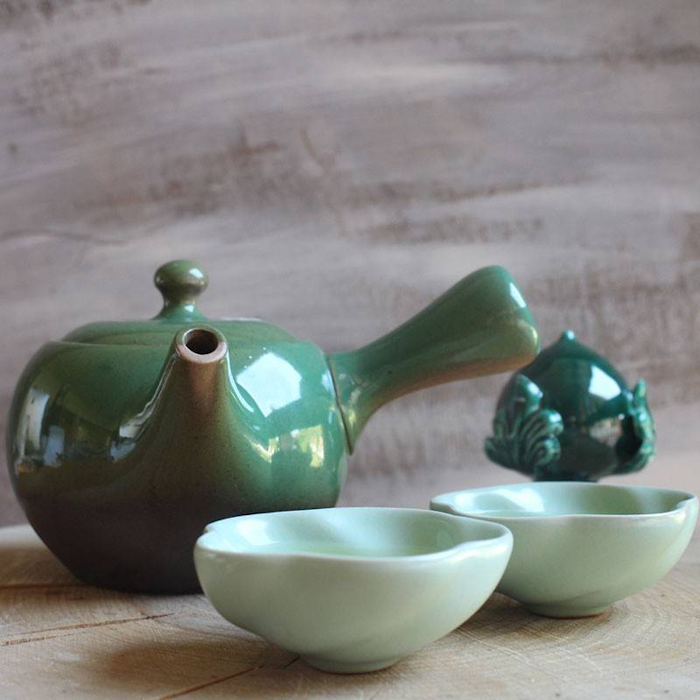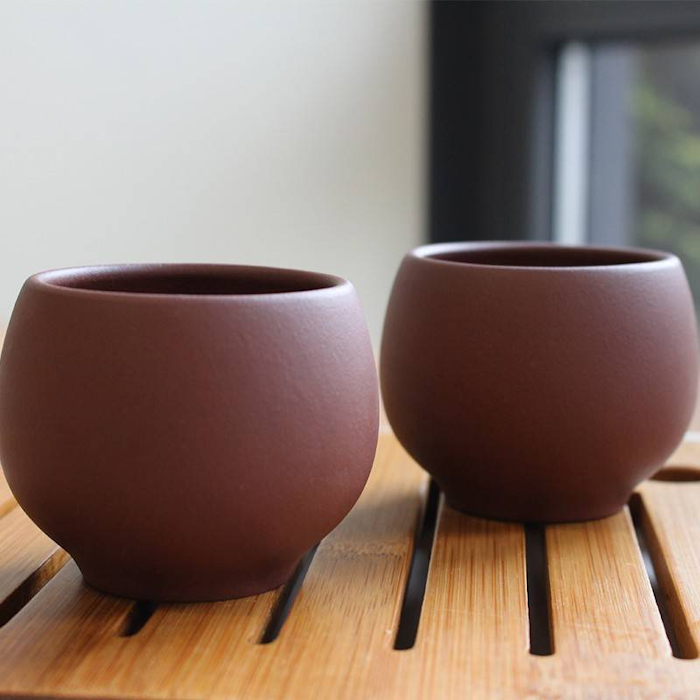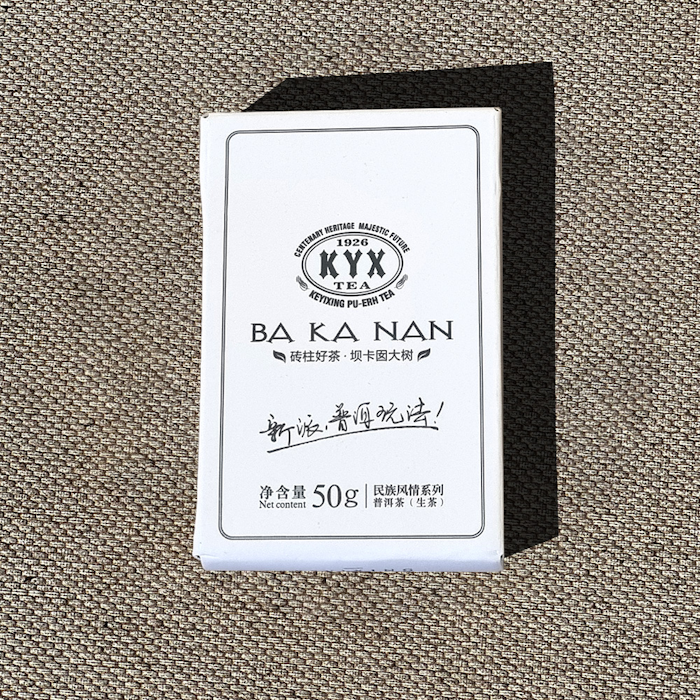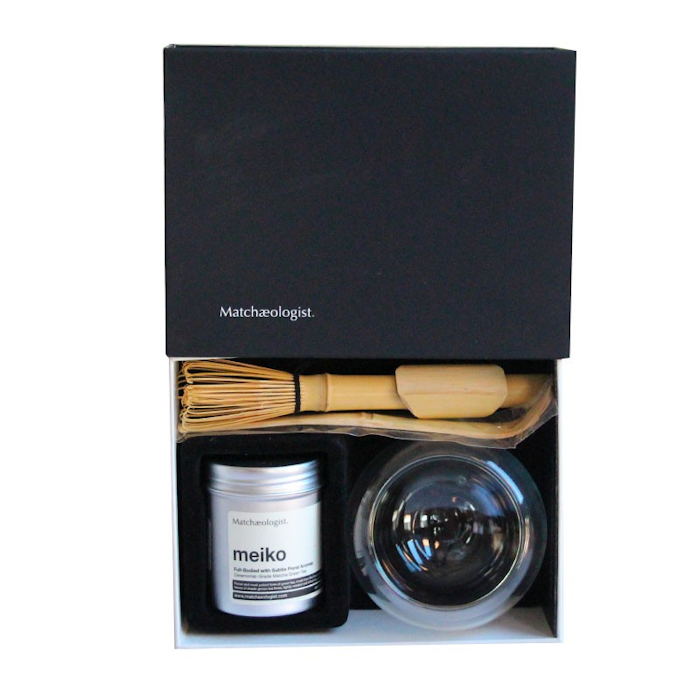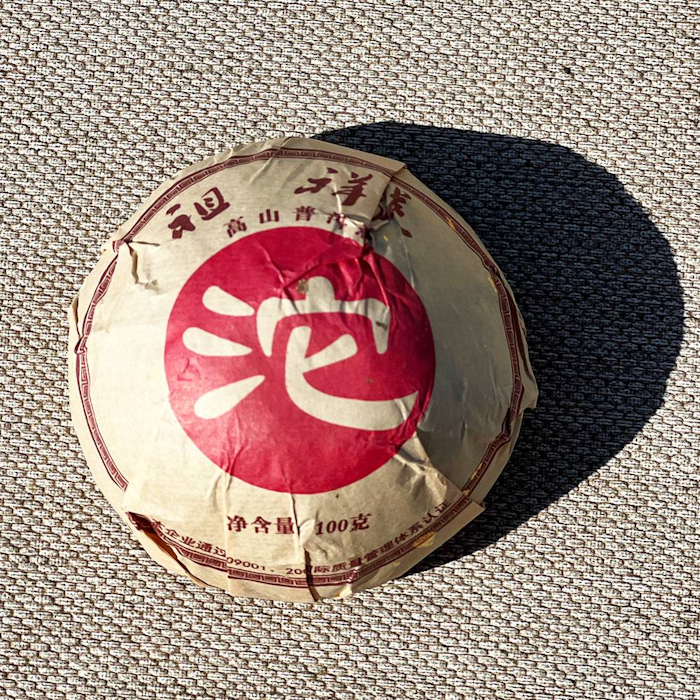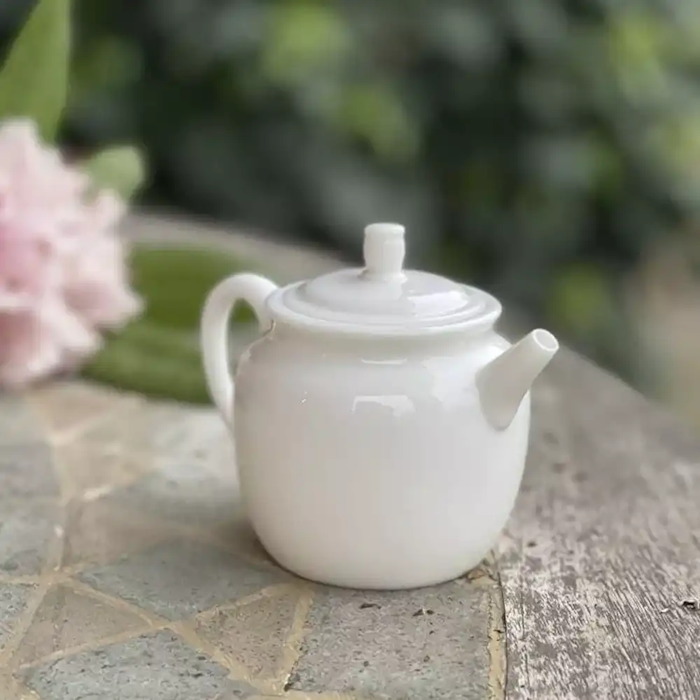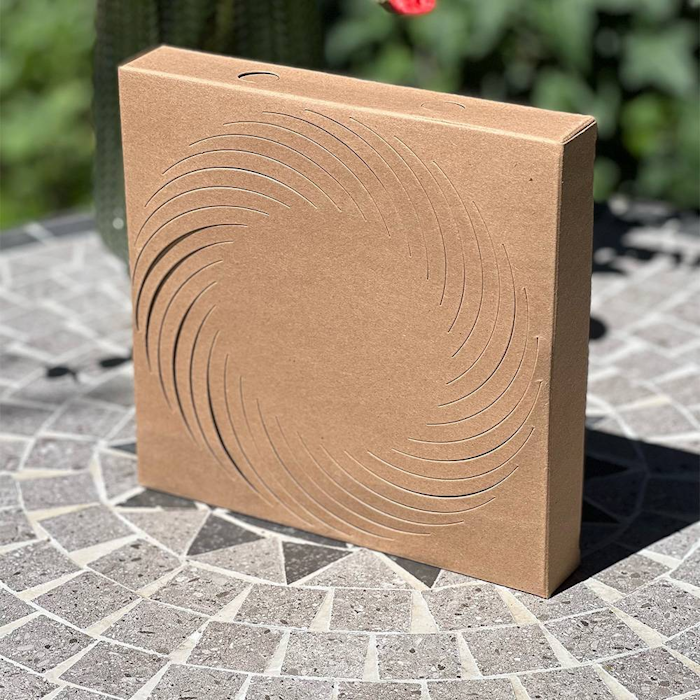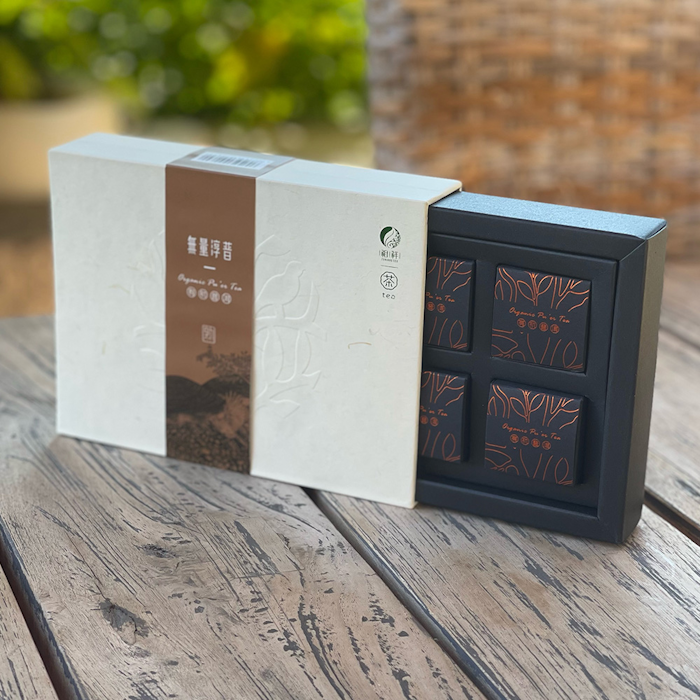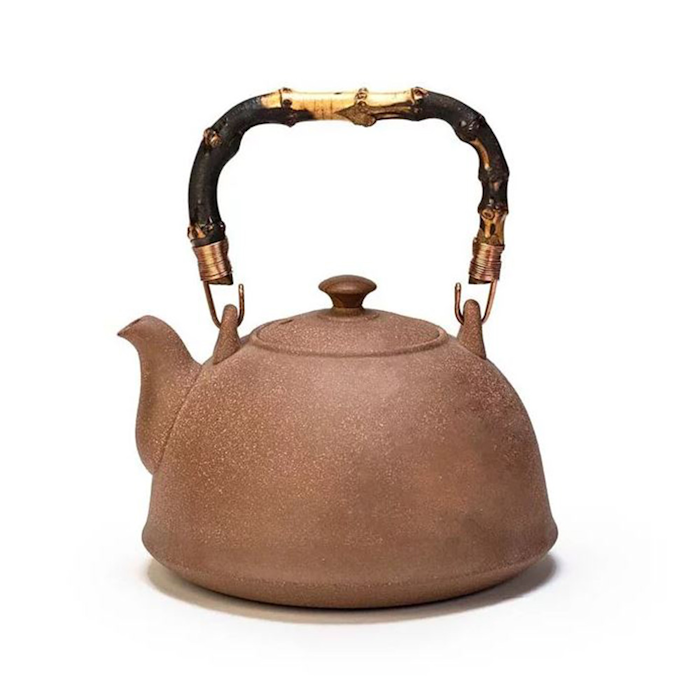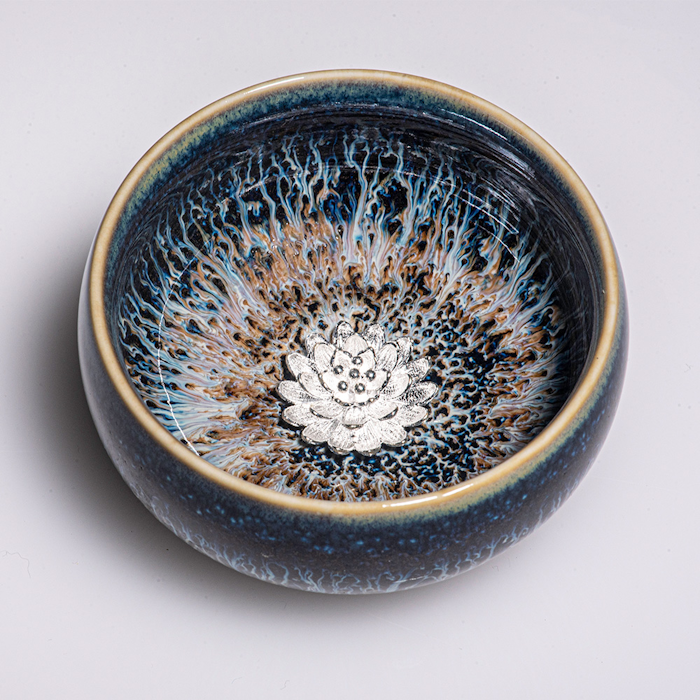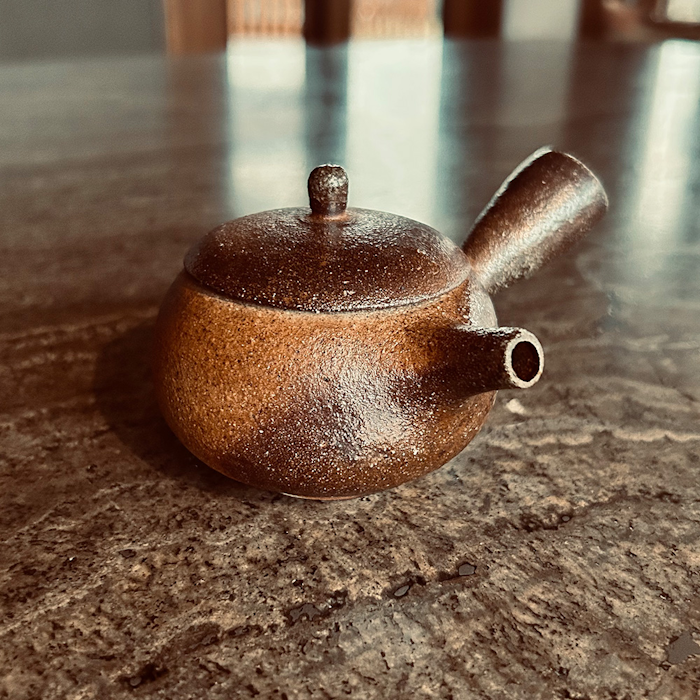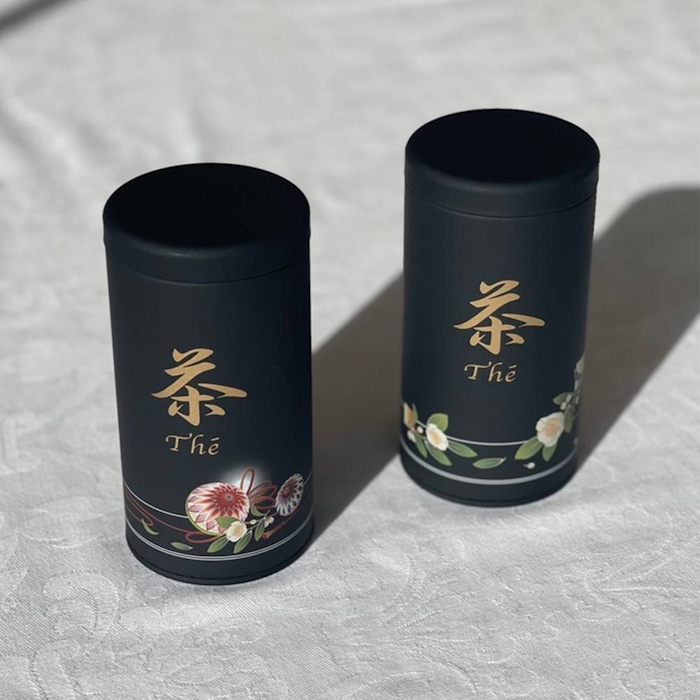The green organic Matcha tea Yutakamidori comes from the very famous cultivars of Yutakamidori, Saemidori, Okumidori. This indicates that different flavors are present, giving different taste facets to this extraordinary tea. The leaves of this tea are processed solely according to ancient Chinese traditions. The tea is not bitter and has no particular notes of astringency in the aftertaste. The infusion will turn out to be a dense, bright green.
Matcha tea has distinct umami flavors, the fifth element of taste.
The vibrant green powder of matcha tea is a modern superfood that has become very popular in modern times. Instead, in Japan for centuries matcha green tea was the most popular drink, and now the rest of the world is finally going crazy about it.
What is Matcha?
Yutakamidori Organic Matcha is actually composed of the same tea leaves as green tea from the Camellia Sinensis plant. The main difference from regular green tea is that matcha is made using the entire leaf. These leaves are harvested, dried, fried, and then ground into the fine spicy-looking powder that makes matcha so healthy and tasty. In the end, the benefits of the whole leaf are consumed.
Umami, the savory taste
What might seem like a passing fad, or the latest invention "of the food world" is based on studies begun in 1908 in Japan by scientist Kikunae Ikeda, who first began to talk about the presence of an additional taste beyond the four canonical ones.
Umami (旨み、旨味、うまみ), which means "flavorful" in Japanese, is thus one of the five basic perceived tastes (the others are sweet, salty, bitter, and sour) and indicates the taste of glutamate.
In addition to finding it in some green and matcha teas of particular quality, it is also found in other foods such as: soy sauce, fresh and preserved fish, cheese, and tomatoes.












